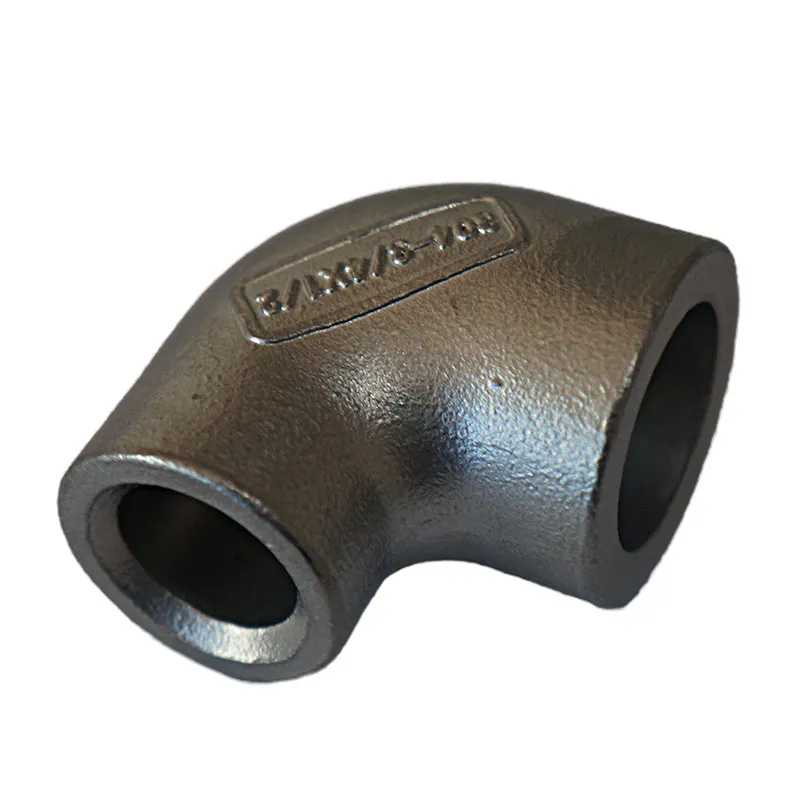Precision Manufacturing of Steel Components through Stamping Techniques for Enhanced Performance
The Significance of Stamping Steel Parts in Modern Manufacturing
Stamping steel parts is a critical process in modern manufacturing, playing a pivotal role across various industries. From automotive to aerospace, the precision and efficiency of stamped components are essential for producing high-quality products. This article explores the intricacies of stamping steel parts, its benefits, applications, and the advancements in technology that enhance this manufacturing method.
Understanding the Stamping Process
Stamping involves using a die and a press to shape and cut metal sheets, typically made of steel, into desired forms. The process usually begins with the design of the part using computer-aided design (CAD) software, ensuring precision and adherence to specifications. Once the design is finalized, a die is created, which acts as a mold for the metal sheet. The sheet is then placed in a stamping machine, where it is subjected to high pressure, resulting in the formation of the desired part.
There are several types of stamping processes, including progressive stamping, deep drawing, and blanking. Each technique is tailored for specific applications, accommodating varying complexities and sizes of parts. For instance, progressive stamping allows for the production of multiple parts in a single pass, significantly enhancing efficiency.
Benefits of Stamping Steel Parts
One of the primary advantages of stamping is its ability to produce highly accurate and consistent components. This precision is crucial in industries such as automotive manufacturing, where even a minor deviation can lead to significant issues in functionality and safety. Additionally, stamping is a cost-effective manufacturing method, particularly for high-volume production runs. Once the dies are created, the incremental cost of producing additional parts is minimal, making it economically viable.
The strength and durability of stamped steel parts are also noteworthy. Steel, being a robust material, offers excellent mechanical properties, making it suitable for a wide range of applications. Stamped components can withstand significant loads and stresses, ensuring that end products maintain their integrity over time.
stamping steel parts

Applications Across Industries
The versatility of stamped steel parts makes them indispensable in numerous sectors. In the automotive industry, stamped parts are used in car bodies, brackets, chassis, and a myriad of other components. These parts are crucial for the vehicle's overall performance and safety features.
In the aerospace industry, where weight and strength are paramount, stamped steel components contribute to airframe structures and engine mounts. The high degree of precision required in this sector highlights the importance of advanced stamping techniques.
Electronics is another sector that utilizes stamped parts extensively. From chassis to connectors, the ability to produce intricate designs with high precision caters to the evolving needs of electronic devices.
Advancements in Stamping Technology
The landscape of stamping technology has evolved significantly with advancements in automation and control systems. Modern stamping machines are equipped with computerized controls that enhance efficiency, reduce waste, and improve the overall consistency of the production process. Furthermore, innovations in materials and die technologies allow for the production of lighter and more complex parts, addressing the growing demand for sustainable and efficient manufacturing practices.
In conclusion, stamping steel parts is a cornerstone of modern manufacturing, providing essential components across various industries. The process's efficiency, precision, and cost-effectiveness make it an indispensable method for producing high-quality products. As technology continues to advance, the capabilities of stamping will only expand, enabling manufacturers to meet the increasing demands of the market while maintaining the highest standards of quality and performance. Whether in automotive, aerospace, or electronics, stamped steel parts will remain a vital component of our technological landscape.
-
OEM Sand Casting Nodular Cast Iron - Baoding Hairun Machinery And Equipment Trading Co., Ltd.NewsSep.01,2025
-
OEM Sand Casting Nodular Cast Iron - Baoding Hairun Machinery And Equipment Trading Co., Ltd.|Customizable Casting Solutions&Precision EngineeringNewsSep.01,2025
-
OEM Sand Casting Nodular Cast Iron - Baoding Hairun Machinery And Equipment Trading Co., Ltd.|Precision Customization&High-Quality CastingNewsSep.01,2025
-
OEM Sand Casting Nodular Cast Iron - Baoding Hairun Machinery|Precision Engineering, CustomizationNewsSep.01,2025
-
OEM Sand Casting Nodular Cast Iron - Baoding Hairun Machinery And Equipment Trading Co., Ltd. | Customization, Precision, DurabilityNewsSep.01,2025
-
OEM Sand Casting Nodular Cast Iron - Baoding Hairun Machinery And Equipment Trading Co., Ltd.NewsSep.01,2025















